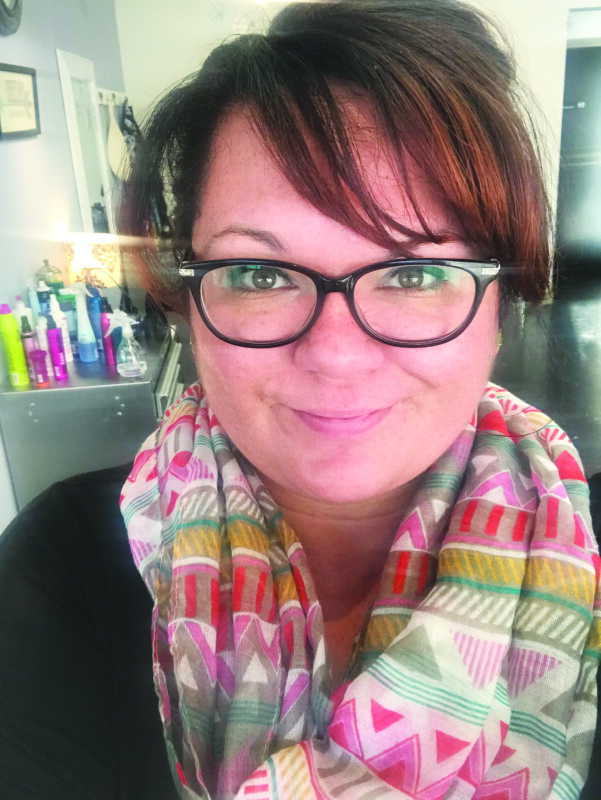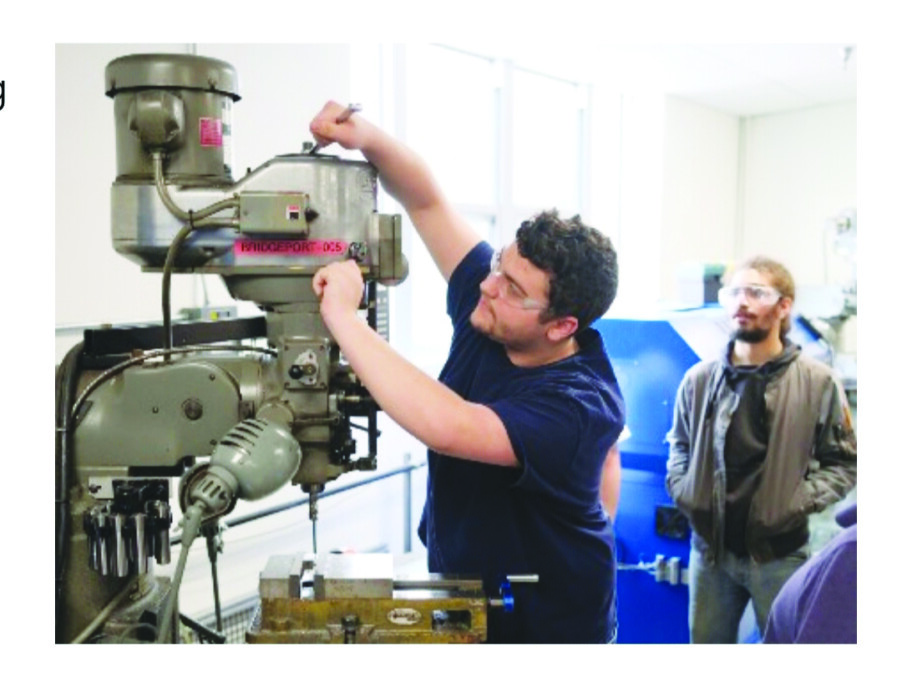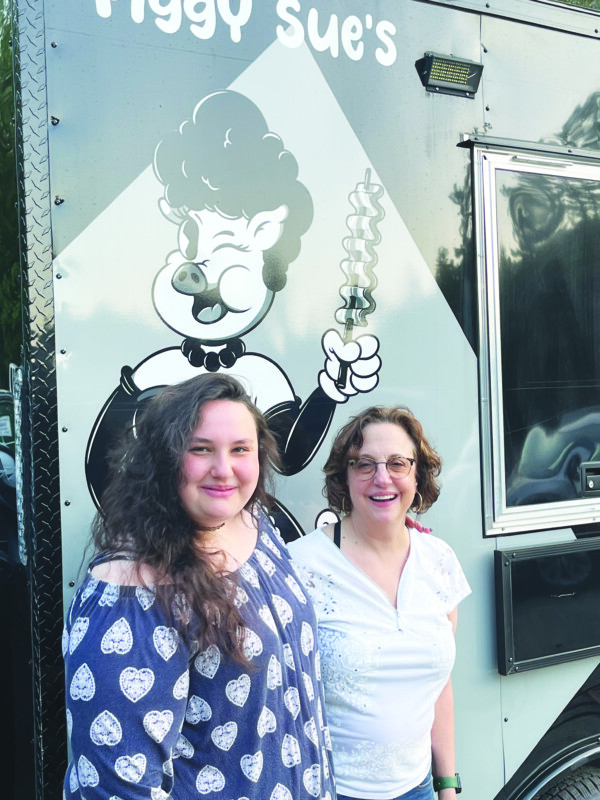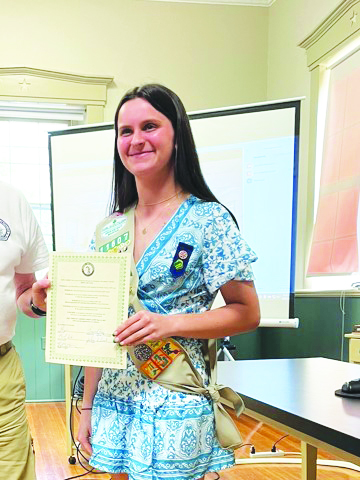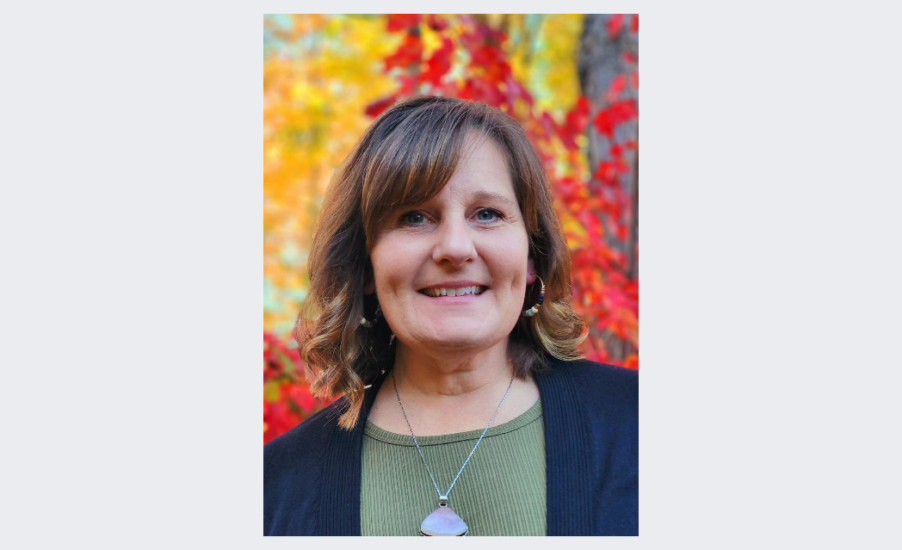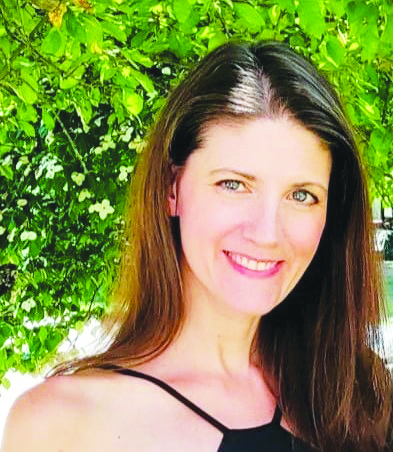Metalsmith
Carol Ellis is an artist, specializing in metalsmithing, and owns Laborata Studio in Penacook, where she teaches a variety of art classes and workshops.
Explain your job and what it entails.
I’m a metalsmith, art instructor and artist creating and instructing workshops and classes in metalsmithing and art. … I spend time in my studio, sketching new designs, creating prototypes, exploring ideas and, when I feel the design is ready, I begin to fabricate … I offer classes and workshops in silversmithing, stone setting, creating spoon rings and silverware bracelets, creating a set of bangles, making a set of stackable rings and making a spinner ring. I also offer a variety of art classes and workshops for stress reduction…
How long have you had this job?
I’ve been metalsmithing and teaching for more than 22 years, and I’ve been an artist all my life.
What led you to this career field and your current job?
After retiring from teaching fine arts … at Kearsarge Regional High School for 21 years, I began to explore this world of opportunities in front of me. I found myself back in the studio painting, drawing and metalsmithing. I began sharing my love of metalsmithing at Exeter Fine Crafts, teaching weekly metalsmithing classes and workshops. I still teach there today. … I longed for a studio of my own … I opened Laborata Studio in February 2023.
What kind of education or training did you need?
I earned a bachelor of arts degree in design, master of arts in integrated arts, and certifications as a registered yoga teacher (RYT) 800 for yoga and meditation instruction, as well as a 300-hour qigong instructor. … My business background knowledge came from being raised in a family with multiple businesses…
What is your typical at-work uniform or attire?
Casual — jeans, T-shirts and my trusty Opti-Visor.
What is the most challenging thing about your work, and how do you deal with it?
Scheduling and keeping up with social media are important aspects of my daily routine. I dedicate time each day to using a variety of apps and social media sites.
What do you wish you’d known at the beginning of your career?
Just how many possibilities there were for an artist to explore.
What do you wish other people knew about your job?
…That I am able to spend my time creating, exploring and sharing my passion for the arts, and just how fun that is.
What was the first job you ever had?
I ran a small produce stand out front of one of my father’s grocery stores.
What’s the best piece of work-related advice you’ve ever received?
Share what you love. Ask questions. Continue to explore. Check in with your students’ level of understanding and support frequently.
Five favorites
Favorite book: At this moment, Braiding Sweetgrass by Robin Wall Kimmerer
Favorite movie: Avatar
Favorite music: Rock ’n’ roll, alternative and opera
Favorite food: Fine chocolate
Favorite thing about NH: All four seasons and the seasons in between
Featured photo: Carol Ellis. Courtesy photo.




